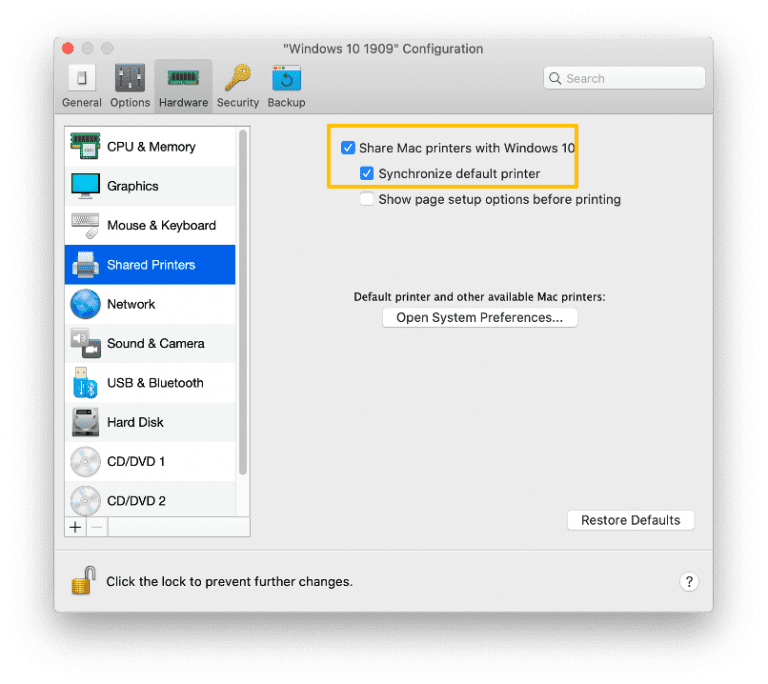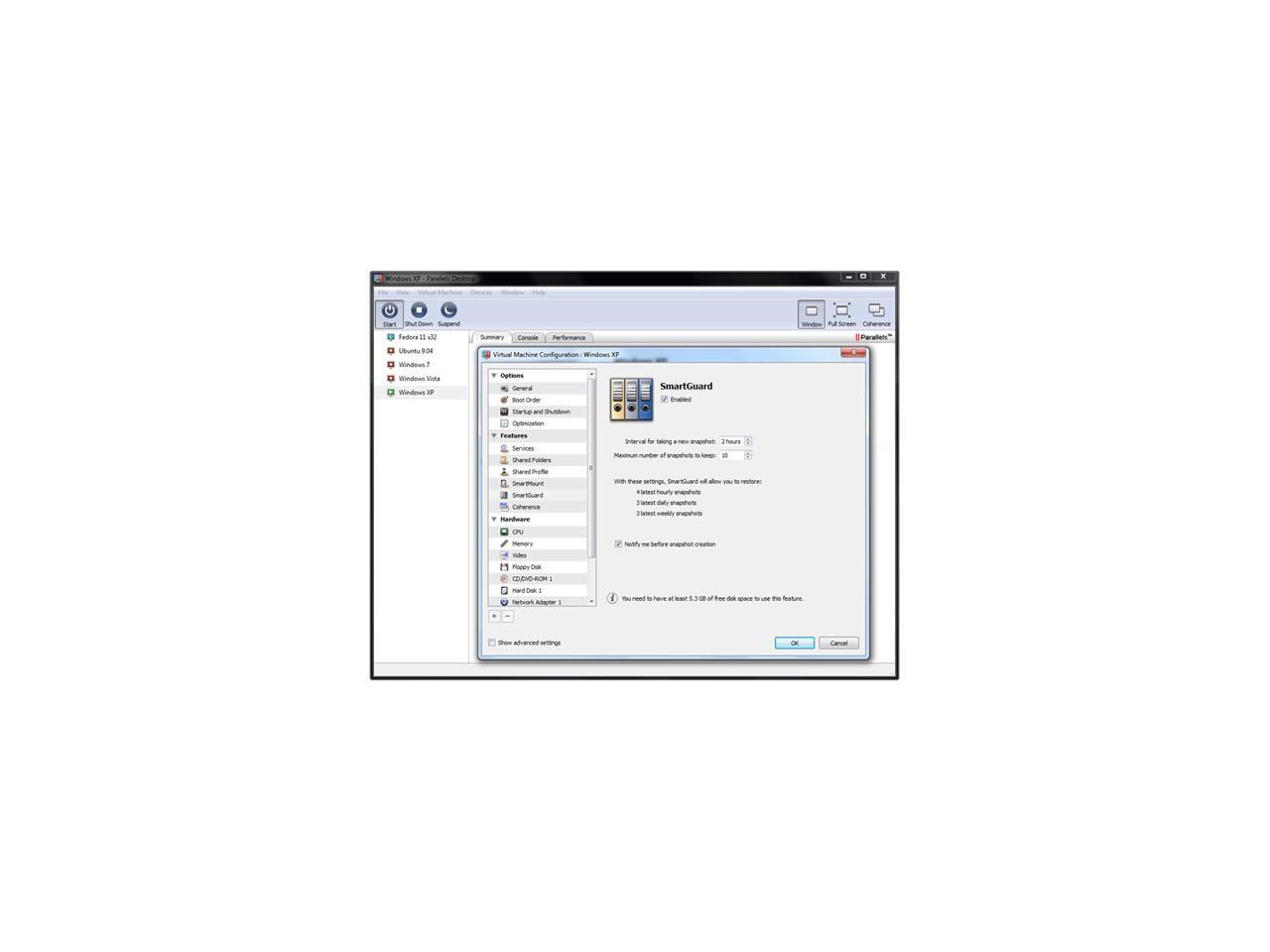

- #Parallels desktop for linux for mac#
- #Parallels desktop for linux mac os#
- #Parallels desktop for linux install#
- #Parallels desktop for linux full#
- #Parallels desktop for linux software#

Most other Linux distros require you to drag and drop the iso file to the installation window.
#Parallels desktop for linux install#
Parallels is able to download the iso file for Ubuntu and Win 8 by itself if you choose to install them.
#Parallels desktop for linux full#
This will make them run full screen with your OS X display resolution out of the box. Parallels gives the option to install Ubuntu and Windows 8 using “Express Installation”, meaning that Parallels will configure the system and install it’s own tools to handle the systems. Installing Ubuntu Server on Parallels Desktop 10 Switching between operating systems is as easy as swithcing desktops in OS X: A four finger swipe to sides will switch between the installed operating systems. Installing Windows 8 and Ubuntu both work out of the box perfectly: If you have enough horsepower on your Mac, you won’t even know you’re running virtual machines.
#Parallels desktop for linux software#
These include professional software developers who need tight IDE integration across a range of development platforms, help desk professionals who want to be able to quickly build and prototype troubleshooting simulations of end-user environments, and of course, anyone who supports and manages a VMware-based server farm or VDI deployment where technologies like VMware View 4 and ACE are prevalent.Parallels Desktop is an excellent virtualization software for Os X. And since both solutions are significantly cheaper than Workstation 7 (Parallels Desktop 4.0 for Windows retails for $79.99, while VirtualBox is completely free), they've backed VMware into a corner that seems to be getting smaller and smaller.įortunately for VMware, that corner is still a highly profitable one, populated by vertically oriented users who have very specific needs that only VMware Workstation can fully address.

#Parallels desktop for linux for mac#
Similarly, VMware's lead in usability is being challenged by Parallels, which has finally brought the ease of use of its award-winning Parallels Desktop for Mac product to the Windows platform.

In terms of scalability, VMware has been eclipsed by Sun Microsystems, which is now shipping a version of VirtualBox that supports up to 32 virtual CPUs per guest OS. Yet in the past few weeks, the unthinkable has happened: VMware shipped a new version, VMware Workstation 7, and it wasn't the class leader, at least in terms of scalability - and perhaps ease of use or, for that matter, overall value. In fact, VMware Workstation has been so far out in front for so long, it's hard to imagine a world in which this bellwether product isn't the class leader in virtually every category. Powerful and sophisticated, yet easy to use, this pioneering tool sets the bar for solutions addressing this niche product category. VMware Workstation 7 VMware Workstation has long been the gold standard of desktop virtualization. Read on to see which products hit their marks, which overachieve, and which seem to miss the boat entirely. VMware Workstation, Parallels Desktop, and VirtualBox all support 32- and 64-bit Windows and Linux hosts and guests, and all have added compelling new VM management capabilities, ranging from automated snapshots to live VM migration. There's some genuine innovation going on, especially in the areas of hardware support and application compatibility. Taken together, these developments represent the biggest shake-up for desktop virtualization in years. And up in Redmond, the sinewy remains of the once proud Virtual PC continue to wither away as Microsoft completes the product's transformation from versatile VMware challenger to brain-dead host for Windows 7's Windows XP Mode compatibility layer. At the same time, Parallels has finally seen fit to deliver a version of Parallels Desktop for Windows that's on par with its Mac product, complete with USB device integration, bridged networking, and guest OS SMP support. Meanwhile, VMware continues to steer its flagship Workstation offering away from the general-purpose space and toward its lucrative niches in the software development, help desk operations, and server virtualization and VDI support markets.
#Parallels desktop for linux mac os#
Users from the three major platforms - Windows, Mac OS X, and Linux - are flocking to VirtualBox for its scalability, robust networking, and bargain price point (it's free). Most recently, that role has fallen to Sun's VirtualBox, the plucky open source VM solution that's quickly gobbling up the general-purpose desktop virtualization space left vacant by Microsoft and VMware. Just when you think you've got it figured out, along comes some interloping development to upset the apple cart. Desktop virtualization is one of those technologies that confound the experts.


 0 kommentar(er)
0 kommentar(er)
